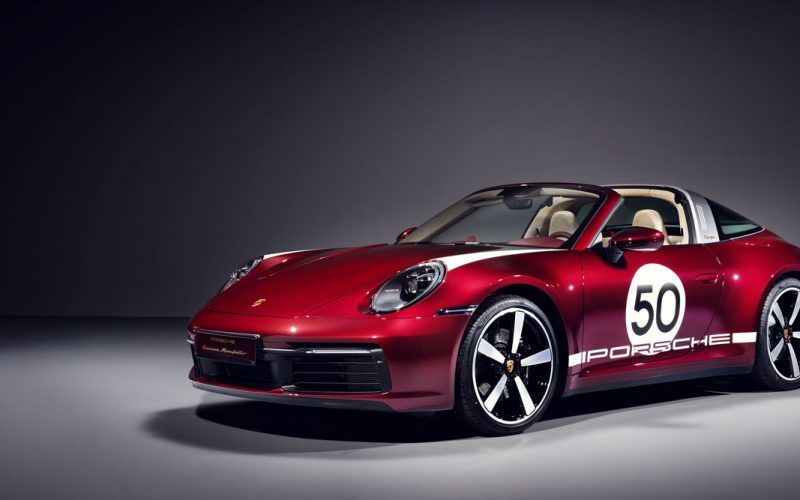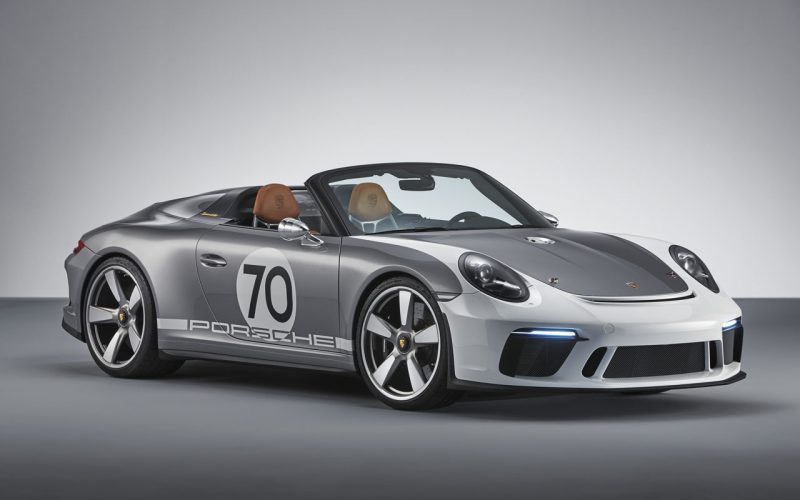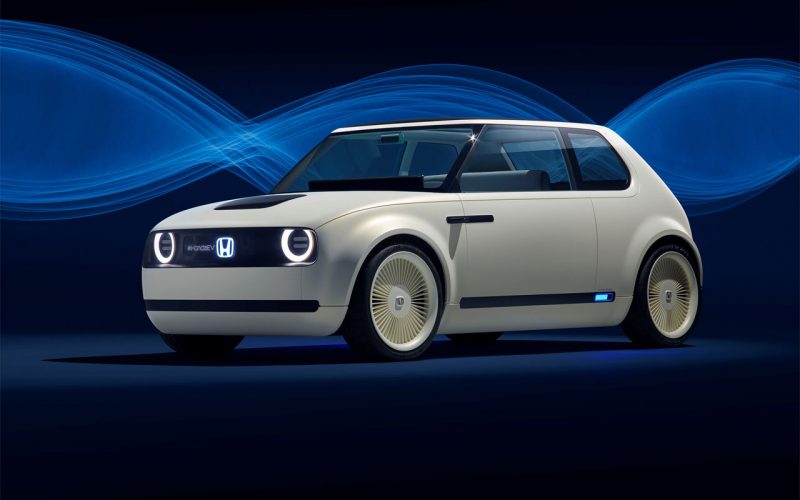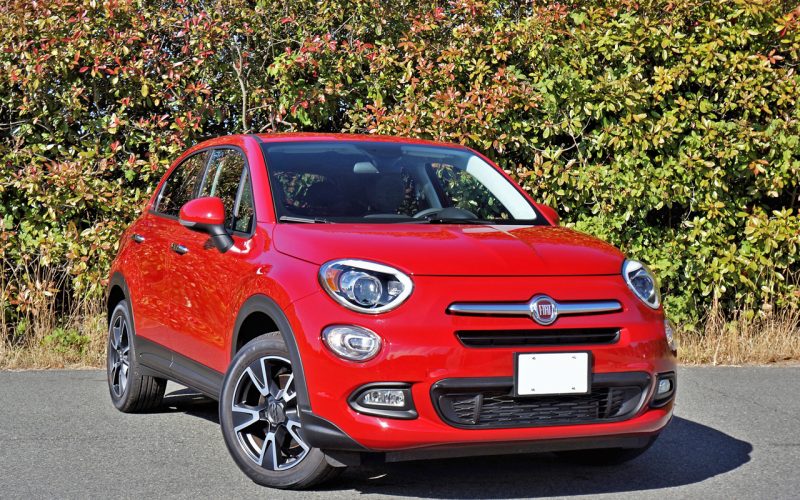
Reading Time: 6 minutesHave you ever wanted something so bad that your credit card just magically pops out of

Reading Time: 5 minutesPorsche is now a septuagenarian, with Ferry Porsche, the well-schooled son of the already acclaimed engineer,

Reading Time: 5 minutesMany concept cars deserve to be built, but few actually see the light of day. Apparently

Reading Time: 7 minutesFull disclosure: I’ve been a fan of Fiat’s 500X since it debuted two years ago as
© 2025 The Car Magazine. All Rights Reserved, Privacy Policy | Terms of Use